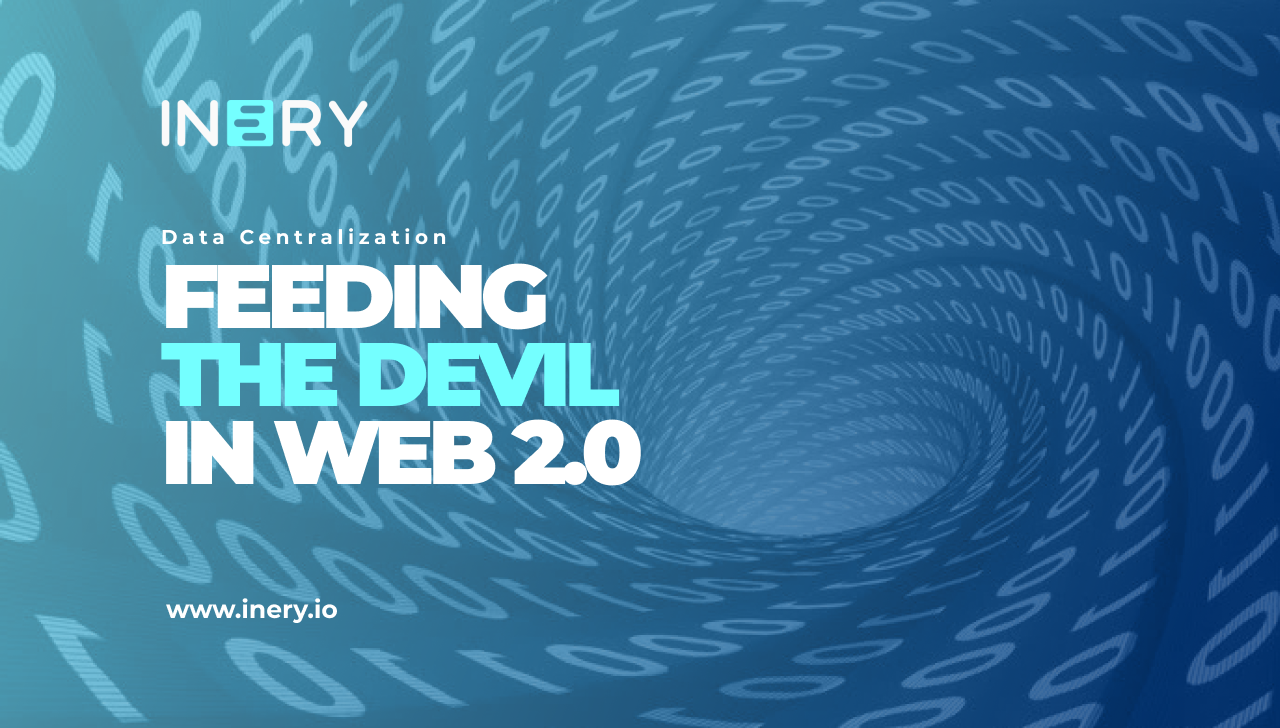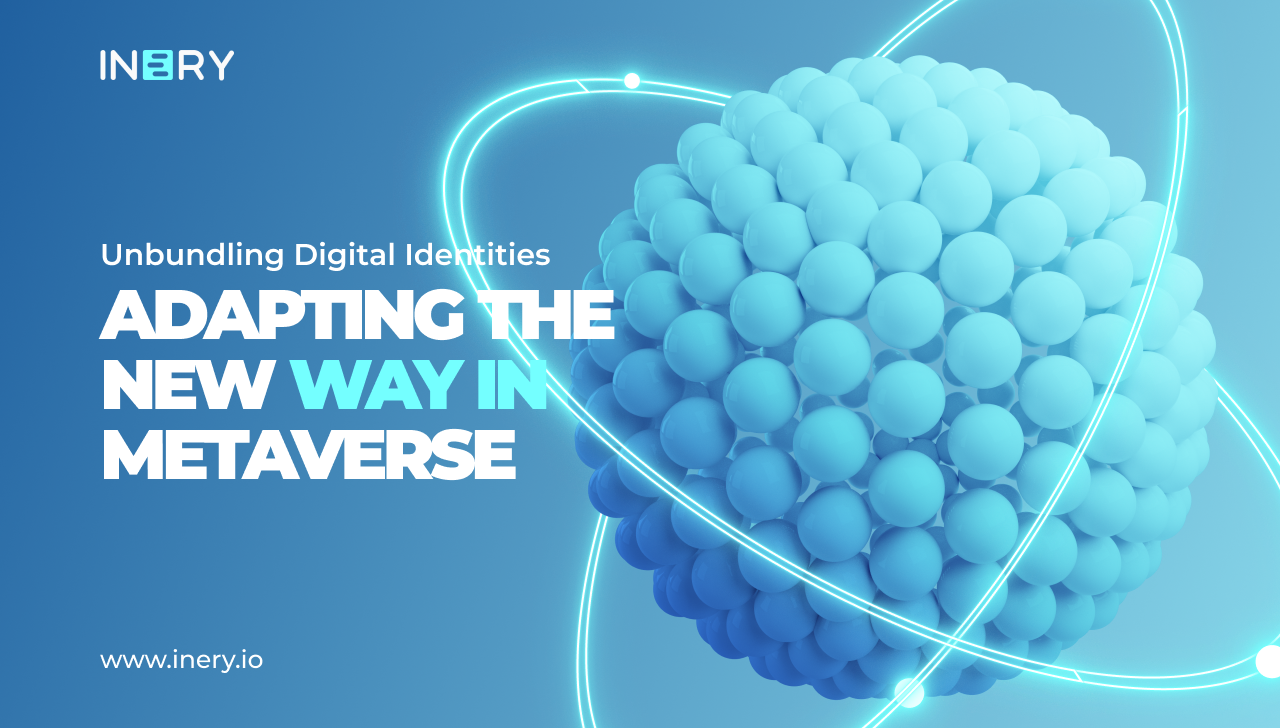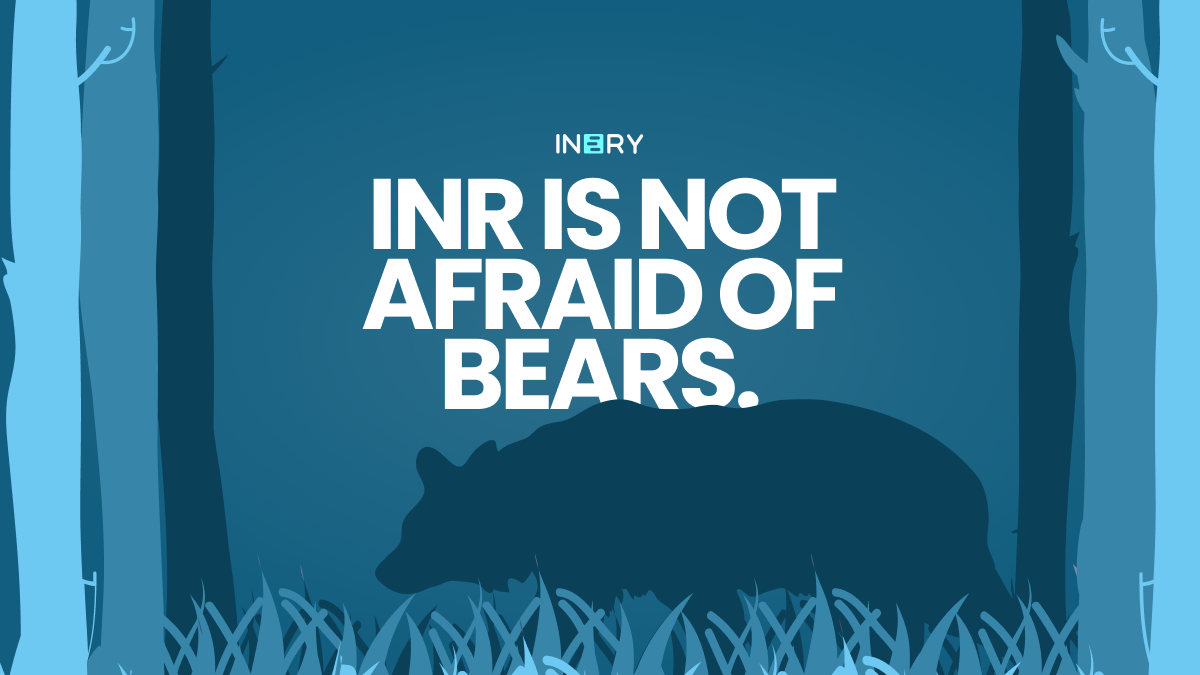Digital identity is becoming increasingly important in our digital world. More and more of our interactions are happening online, and our identities are often tied to our online activity. This means that our ability to control and manage our digital identity is becoming more and more indispensable.
One way to think about digital identity is as a set of credentials that we use to prove who we are online. These credentials can be something as simple as an email address or a social media account, or they can be more complex, like a digital certificate or a government-issued ID. Alternatively, they can be online avatars. Avatars provide a way for us to represent ourselves in digital form. They can be used for everything from online gaming and virtual reality to social media. As avatars become more realistic, they are providing new ways for us to interact with each other and the world around us.
Digital Identities Bundling Problems
Digital identities combine our data and credentials, while also representing and expressing who we are and our relationships. Digital identity used to be accounts with usernames and passwords to restrict access to the network and separate access control over files. The earlier iterations of digital identities on chat rooms, online games, and forums became bundled together by big tech.
The problem is that there are so many ways to verify our identity online, and each one has its set of rules and restrictions. The centralization opens up our digital identity to a range of concerns. For example, most of the building blocks of web3 and the metaverse potentially face user identity, privacy, and security threats. Threat actors can steal your metaverse credentials and take over your avatar and manipulate others, using social engineering methods, to disclose confidential information using your identity.
Additionally, augmented reality (AR) collects, holds, shares, and manages user information in a centralized infrastructure, which makes the user data prone to privacy issues and external attacks. Social media giants and big corporations also control user data and how it is used in centralized systems. Carrying the same infrastructure to Web3 and the metaverse comes with the same data control, user privacy, and ownership concerns.
This is where unbundling comes in.
New technologies are emerging to disrupt the way digital identities are bundled and structured, especially in the gaming industry. Unbundling and rebundling digital identity means separating out the different components of our identity and redefining how we appear online. This opens up new possibilities for how we interact with each other and the world around us. It gives users more control over their data and better reflection on how they view themselves and how they want to be perceived.
Additionally, it gives content creators and developers more efficient paths to designing and conceptualizing games. This is especially important in launching metaverse games developed with sophisticated, immersive worlds without relying on centralized systems or complex infrastructure.
Unbundling of digital identities: New way to engage in metaverse
IneryDB solution frontiers in offering metaverse builders’ simple infrastructure. It provides a distributed and decentralized infrastructure for collecting, holding, sharing, and managing user data. IneryDB creates possibilities that can optimize web3 and metaverse adoption, inspire user onboarding, and fortify user loyalty. Unlike centralized database solutions, it enables the metaverse to access data upon the user’s consent.
Some benefits and possibilities that IneryDB database management unlocks for the metaverse and web3 builders, creators, and users include:
- Privacy – IneryDB infrastructure is developed to allow owner-controlled data assets. This means that the user is controlling their data and how it is shared.
- Interoperability – Inery’s interoperability enables users to sign in to several metaverse platforms and allow seamless data flow between them. Thus, the data is extracted from a database rather than a siloed metaverse platform.
- Self-sovereign identities – Self-sovereign identities imply that a user’s digital identity is completely controlled by the user. IneryDB eradicates the need to keep personal data on a centralized DB. Data sovereignty is furthered when users log on to platforms using their decentralized identifiers (DIDs), which gives them total control over their data. DIDs also enable builders to launch new applications and services built around data sovereignty principles.
- Security – Inery is specifically designed to address database management. Thus, adherence to security to user data is a priority for IneryDB, using cryptographic mechanisms.
The new generation of creators and builders are fascinated in developing the metaverse via game creation, world-building, and modding, as well as how digital identity is projected in the digital space. They are inspired by the ability to express themselves, manifest, and relate with others on their own terms. IneryDB makes this possibility a reality.

Inery•
1 year ago
Advisor Spotlight: Paul Taylor
Putting the advisor spotlight on Paul Taylor - Chief Strategy Officer for Fancy Studios, a web3 gaming studio ...READ MORE

Share

Inery•
2 weeks ago
Why Financial Institutions are Turning to Blockchain for Secure Data Storage
As cyber threats escalate and data privacy laws tighten, financial institutions are turning to blockchain for a solution. Read our in-depth analysis on how blockchain technology offers enhanced security and operational efficiency in data management. ...READ MORE

Share

Inery•
2 years ago
Data Centralization: Feeding the Devil in Web 2.0
The grave repercussions when our data is controlled by a handful of entities ...READ MORE

Share

Inery•
1 year ago
Can Inery Help Traditional Businesses And How?
Inery’s influence and use case for traditional businesses ...READ MORE
-1665070349.png)
Share
Most popular today



